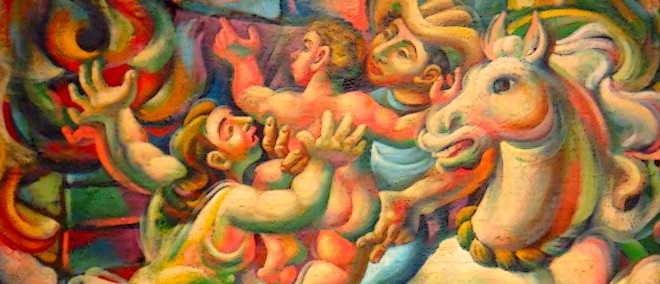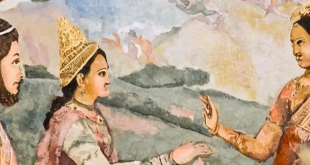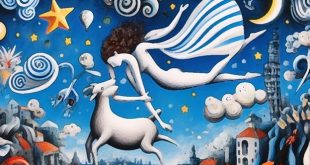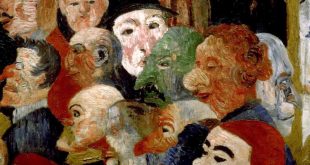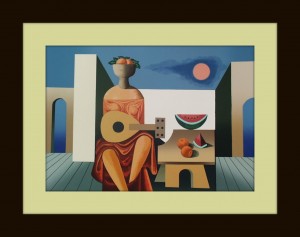 MARIO CARRENO Y MORALES 1/3 – Mario Carreño Morales, is born in Cuba, in the city of Havana on a day in June of 1913. His painting, will have an abstract and symbolic geometric trend with surreal overtones. His first works, affected by the influence of Picasso, but evolve in the grandeur of the Mexican muralists. His formative period, when he is still a boy, is the Academy of San Alejandro, Havana.
MARIO CARRENO Y MORALES 1/3 – Mario Carreño Morales, is born in Cuba, in the city of Havana on a day in June of 1913. His painting, will have an abstract and symbolic geometric trend with surreal overtones. His first works, affected by the influence of Picasso, but evolve in the grandeur of the Mexican muralists. His formative period, when he is still a boy, is the Academy of San Alejandro, Havana.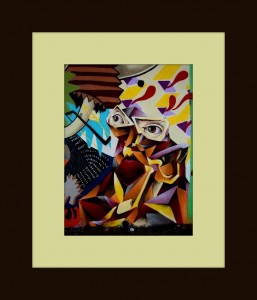
MARIO CARRENO Y MORALES 2/3 – In 1932, it is in Spain (the Real Academia de Bellas Artes de San Fernando), but the Spanish Civil War forced him to shift, going to Mexico, where he met three of that land creativity shades: Diego Rivera, David Alfaro Siqueiros and José Clemente Orozco. He settled in Paris, attending the Academy Julien. The beginning of the Second World War forced him to return to America, and it is in New York for ten years developing new creative impulses.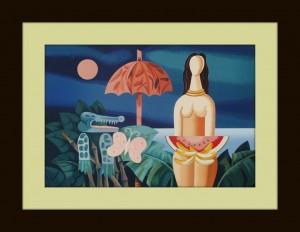
MARIO CARRENO Y MORALES 3/3 – In 1940, he painted “The birth of the American nations,” a large oil painting format with clear references to the style of Sandro Botticelli. In 1942, while traveling in his Cuba, creating a mural in the San Alejandro School. His friendship with the Chilean poet Pablo Neruda, is lifelong. He was also one of the most important figures of the artistic scene in Chile and has acquired the nationality of that country in 1969. He died in Santiago de Chile, December 20, 1999, but much of his work is displayed – for you, too – in the Museum of Fine Arts in Caracas, the Metropolitan Museum and the Miami Museum of Havana. You can see more on Meeting Benches, looking for: MARIO CARRENO Y MORALES (1913/1999), CUBAN PAINTER – Shades of abstract and symbolic geometric trend, with surreal overtones
 Meeting Benches World art in all forms
Meeting Benches World art in all forms
